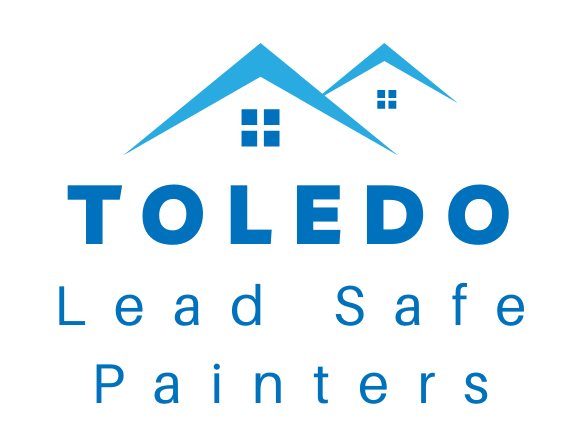What is Lead?
Lead is a toxic metal that was used in household products such as paint and plumbing. When lead paint becomes unstable, the small particles of lead become dust. When lead dust is inhaled or ingested it can have severe negative effects on the human body.
Is lead found just in paint?
No. Lead was used in varnishes, polyurethanes, stains, and other woodwork finishes.
Where is lead paint found in a home?
- Walls
- Antique Furniture
- Handrails
- Pipes
- Baseboard
- Old Toys
- Floors
- Stairs
- Trim
- Varnished Wood
- Radiators Ceilings
- Cabinets
- Stained Wood
- Siding
- Wood Paneling
- Soil
- Lead smelting
- Lead-acid battery residue
What is the RRP rule?
The EPA's Lead Renovation, Repair and Painting Rule (RRP) Rule requires that firms performing renovation, repair and painting projects that disturb lead-based paint in homes, child care facilities and pre-schools built before 1978 be certified by EPA (or an EPA-authorized state), use certified renovators who are trained by EPA-approved training providers and follow lead-safe work practices.
Can I do the work myself?
Yes. DIY landlords are required to become RRP certified renovators and follow EPA guidelines just like a compensated contractor. *Safety note – Use only RRP rule approved HEPA lead vacuums as regular shop vacs distribute lead dust through the exhaust because the filter is not fine enough and is not designed to handle microscopic lead particles.
DIY homeowners are not required to follow any of these regulations, but it is highly advisable to work lead-safe. See the EPA’s and HUD’s vast resources on lead paint for more info.
Why not just paint over it?
Painting over unstable paint does not remove the hazard. The detached coating is still present and is temporarily held in place by the new paint. This is not an interim control and would not pass the initial visual inspection.
What is an interim control?
An interim control is a set of measures designed to reduce human exposure to lead hazards. Examples include stabilization and removal of friction and impact points.
What is Paint Stabilization?
Paint stabilization is repairing any physical defect in the surface of the paint, for example, removing loose paint chips and applying a new smooth and cleanable coating.
Why is stabilization a great option as an interim control?
Stabilization is less costly than abatement, and can often last many years. Depending on the needs of your project, stabilization may be correct for you.
